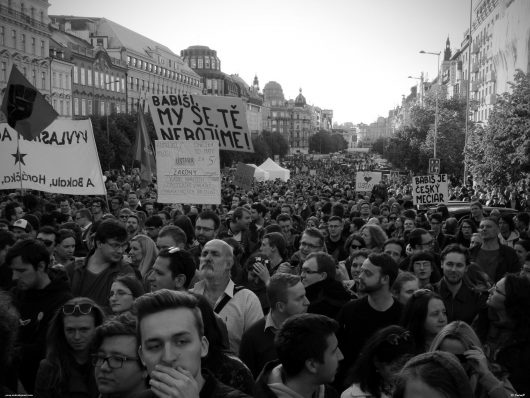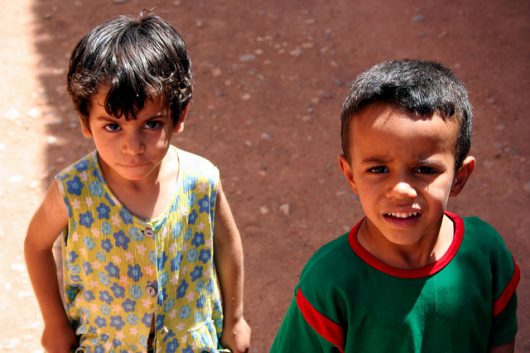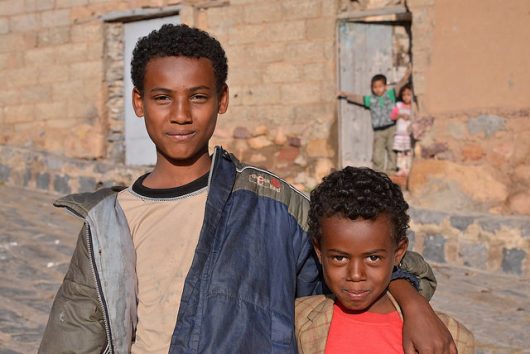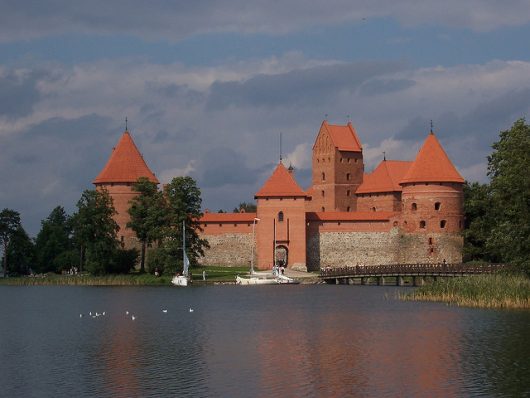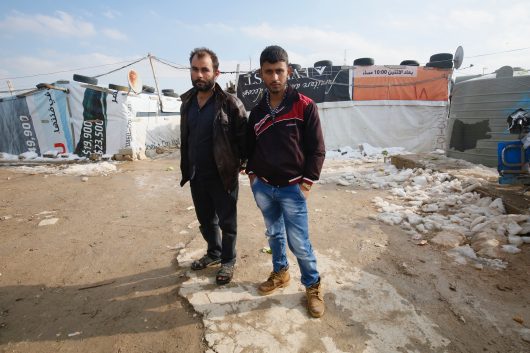
Connecting Turkey with continental Europe, Bulgaria has been a passageway for millions of refugees seeking to reach wealthier countries such as Germany and France. This increase in migrants has posed difficulties at the borders and for the people and economy of Bulgaria. Here are 10 facts about Bulgaria refugees.
10 Facts About Bulgaria Refugees
- In 2016, the Asylum Information Database reported that there were 19,418 refugees seeking asylum in Bulgaria. The majority of the refugees had come from Afghanistan, Syria and Iraq.
- Bulgaria is currently the poorest country in the EU (as measured by GDP per capita), which means the nation is less equipped for the large influx of refugees crossing its borders.
- Bulgarian vigilante groups have arisen on the Bulgarian border with Turkey. They claim to be protecting Bulgaria and the rest of Europe from the migrants.
- Bulgaria borders Turkey, Greece, Macedonia, Serbia and Romania, making it a favorable route for migrants as they are able to spread throughout Europe.
- Bulgaria’s economy ranks 47th in the world, with 78 percent of Bulgarian citizens saying that the increase in refugees has created a strain on the economy.
- Integration into Bulgarian life is another perceived challenge for refugees, with 49 percent of Bulgarians claiming that the state is too weak to provide conditions for the integration of refugees.
- Bulgaria has been criticized for its handling of the migrant crisis. U.N. human rights chief Zeid Ra’ad al-Hussein said in 2016, “One of the most serious problems is that virtually all people entering Bulgaria in an irregular manner are detained as a matter of course.”
- In 2016, 2,750 of the asylum-seekers in Bulgaria were unaccompanied minors. Of these unaccompanied minors, 95 percent were male with 17 percent being younger than the age of 14.
- Between January 2017 and May 2017, 1,007 migrants found to be residing in Bulgaria illegally were removed.
- After the construction of a 30-kilometer wall along the border with Turkey, the number of Bulgaria refugees seeking land passage decreased. This increased the number of migrants using the Mediterranean Sea, the deadliest migrant route to date. Migrants arriving in Bulgaria through Turkey decreased by 5,501 in the year following the creation of the wall.
The migrant situation in Bulgaria has had sensitive social implications with many Bulgarians unhappy about the influx of refugees. These factors have created tension and difficulty for refugees, as gaining entry to Bulgaria has become increasingly challenging.
– Sophie Casimes
Photo: Flickr
